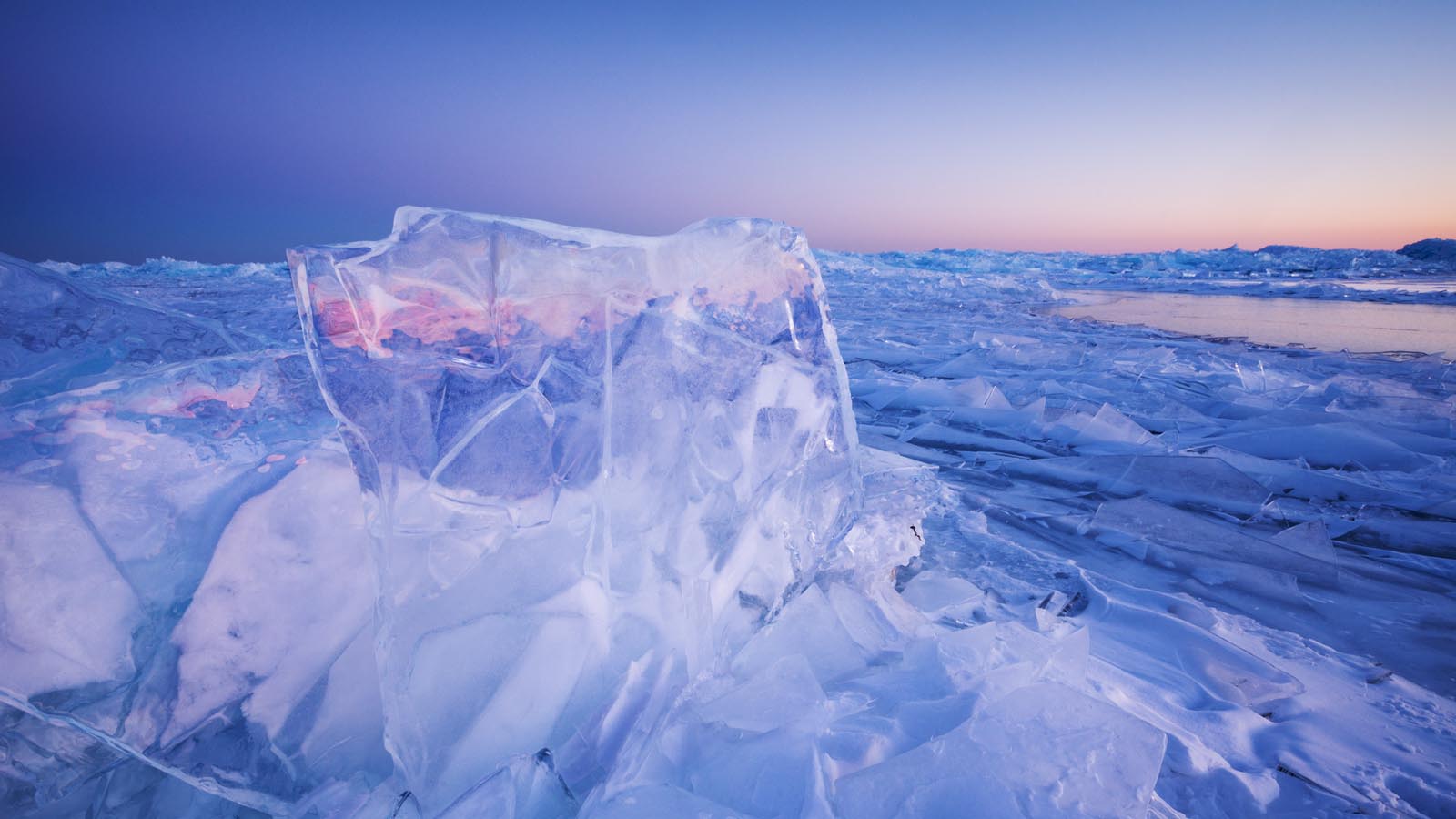Ice extent on the Great Lakes hit a record low February 8 and has remained at record low levels as of February 16 as a result of the warmest winter on record over much of the region. For the U.S. portion of the Great Lakes region, the November 30-February 14 period was mostly between the first- and third-warmest on record (Figure 1). The Canadian portion of the Great Lakes was also record-warm to near record-warm. In Chicago, 87% of the days from December 1-February 14 had average- to above-average temperatures.

A 10-day cold snap in mid-January in the region was not intense enough to allow much ice to grow on the Great Lakes, and January ice extent was just 6% of the lake surface, compared to the 50-year average of 18%. This was the ninth-lowest January ice level on record. If the peak ice coverage of 18% on January 22 winds up being the winter maximum, 2024 will end up with the fourth-lowest maximum extent on record, behind 2002 (12%), 2012 (13%), and 1998 (14%).
As of February 15, the Great Lakes Ice Tracker reported that ice coverage on the lakes was just 4% — about 10 times lower than average. The barest ice cupboard was being kept in Lake Erie, which had zero ice cover, compared to the average of over 65% expected for the date. With the forecast for the remainder of February calling for mostly above-average temperatures, ice cover on the Great Lakes is likely to be at record- to near-record low levels for the rest of the ice season.

How global warming affects the Great Lakes
Since 1973, ice cover on the Great Lakes has declined by about 25%, and the length of ice season (5% ice coverage or higher) has declined by 27 days, according to Climate Central. So far in 2024, the Great Lakes have had only 26 days with ice coverage exceeding 5%, and the record for fewest days with 5% ice coverage — 45, set in 2012 — appears likely to be broken.
Less ice cover is a problem because it allows increased shoreline erosion: Wave action along the coast occurs for longer periods during the season with some of the most powerful storms. The decrease in ice also enables higher evaporation rates, leading to more lake effect snow and lower lake water levels. On the positive side, less ice allows for a longer shipping season — though increased dredging is required to keep ports open since the lack of ice allows more sediment transport by currents and waves.


The Great Lakes are among the fastest-warming lakes in the world, and water temperatures in all five Great Lakes have been record-warm or near record-warm for all of February 2024, according to NOAA. Over the past 50 years, summertime water temperatures have warmed by about five degrees Fahrenheit (3°C) in Lake Superior and Lake Huron, and by about three degrees Fahrenheit (1.7°C) in Lake Michigan and Lake Erie (Figure 3). Lake Ontario summer lake surface temperatures increased by an average of 2.9 degrees Fahrenheit between 1968 and 2002 and have increased more since then. The rapid warming has hurt fish populations and caused an increase in harmful algal blooms, according to the 2023 National Climate Assessment.

Bob Henson contributed to this post.
Source link


